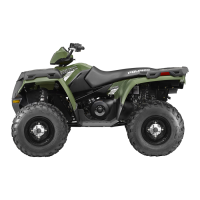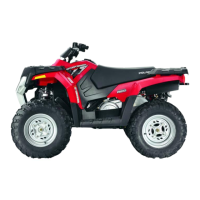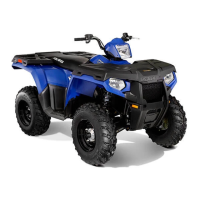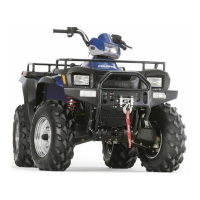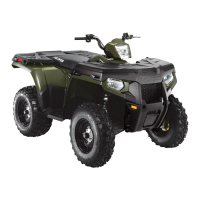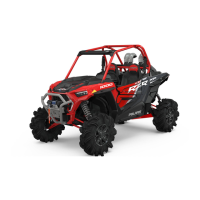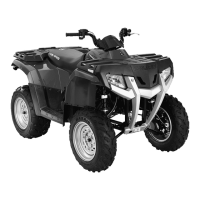
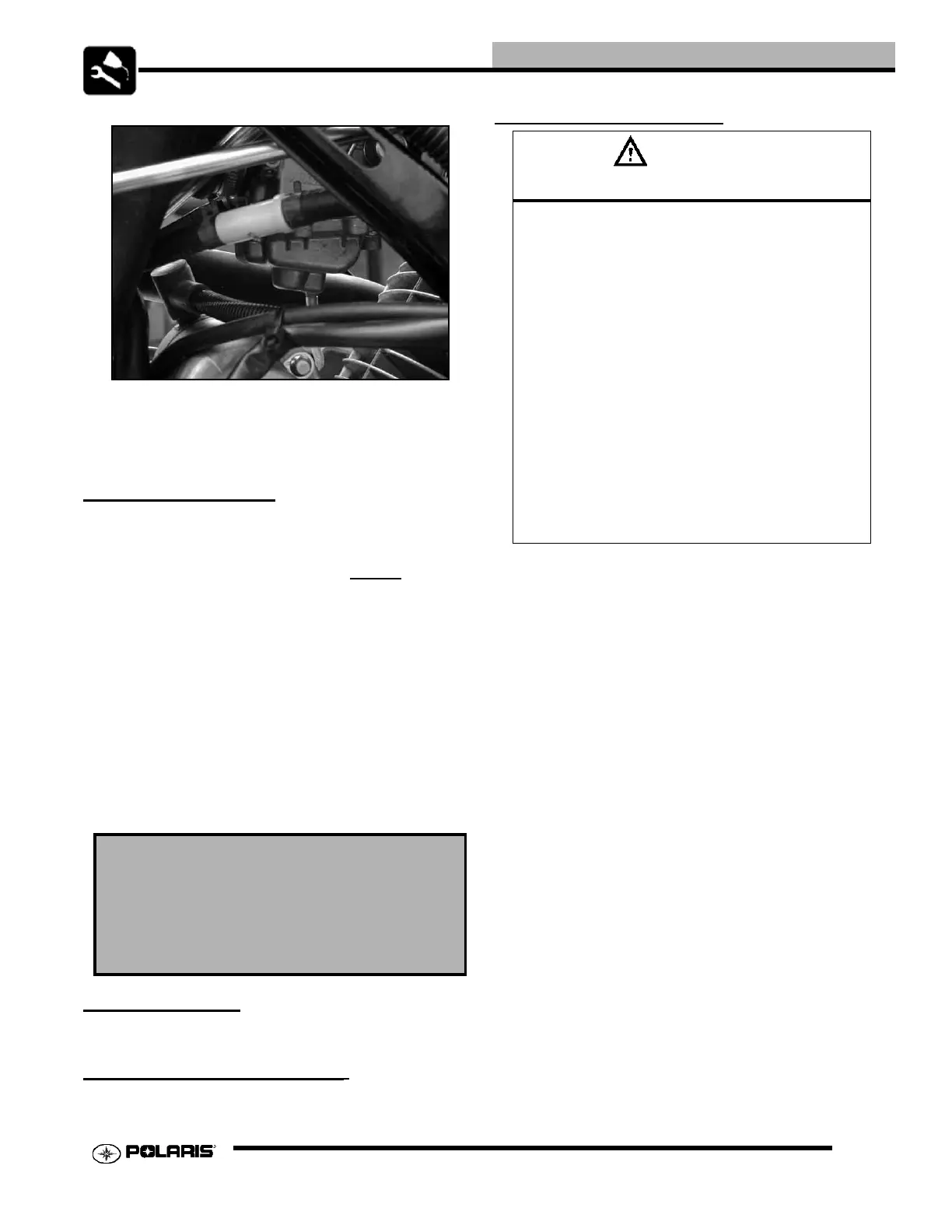 Loading...
Loading...
Do you have a question about the Polaris Hawkeye and is the answer not in the manual?
| Brand | Polaris |
|---|---|
| Model | Hawkeye |
| Category | Offroad Vehicle |
| Language | English |
Information on identifying the vehicle's model, engine, and serial numbers.
Provides torque values for engine components and fasteners.
Exploded views, service data, and identification of engine components.
Detailed procedures for engine removal, installation, and component service.
Exploded views, components, specifications, and operation of the carburetor.
Overview of operation, master cylinder function, and brake bleeding procedures.
Step-by-step procedure for bleeding the hydraulic brake system.
Component torque specifications and special tools for final drive service.
Procedures for removing, installing, and servicing the front drive CV shaft.
Operation overview and engagement of the centralized Hilliard AWD system.
Procedures for removing, disassembling, and reassembling the AWD gearcase.
Steps for disassembling the CVT system and the drive clutch.
Procedures for servicing the driven clutch assembly.
Exploded view of the transmission and service overview.
Procedures for draining fluid and removing the transmission.
Step-by-step instructions for disassembling the transmission.
Components and testing procedures for the charging system.
Components and testing procedures for the ignition system.
Components and testing procedures for the starting system.
Diagnostic guide for common ignition system problems and no-spark conditions.
Step-by-step checks for diagnosing charging system problems.
Diagnostic flowchart for troubleshooting starter motor issues.
Troubleshooting guide for starter motor problems and voltage drop testing.
Procedures for starter motor removal, disassembly, and testing.
Reassembly and installation of the starter motor.



